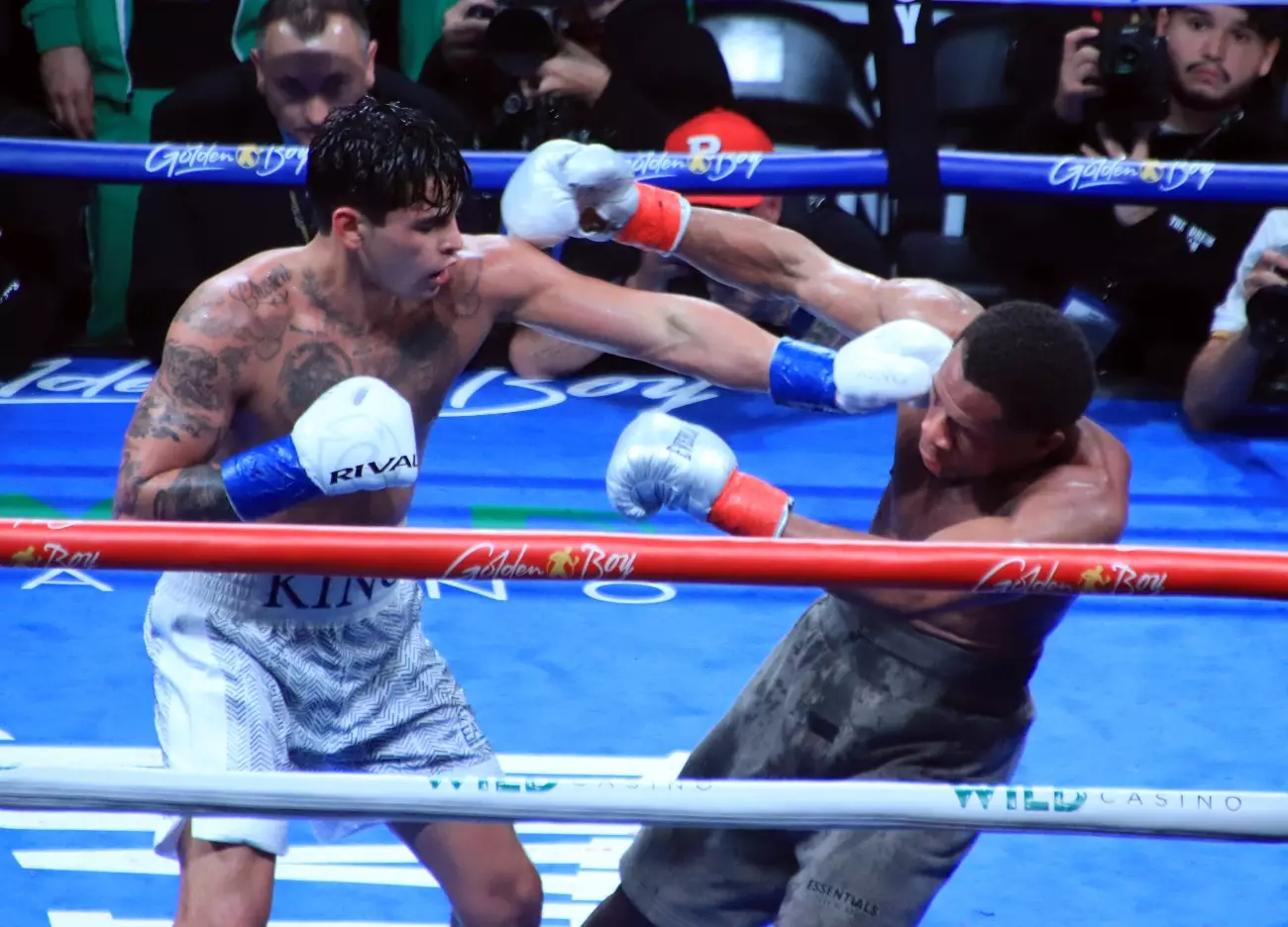Negotiations surrounding fights can often become as contentious as the matches themselves. Ryan Garcia recently asserted that before initiating any conversations about a rematch with Devin Haney, he must first see the conclusion of an ongoing lawsuit. This statement highlights the profound impact that legal disputes can have on the sporting landscape, where athletes’ careers and reputations are often entangled in maintaining integrity while also sustaining financial viability. Garcia’s insistence that the lawsuit be resolved first offers insight into the complexities of athlete dynamics, especially when the stakes are high.
The lawsuit in question, backed by Haney and his father Bill, represents more than just a legal maneuver; it is a statement against the use of performance-enhancing drugs (PEDs) in boxing. Their motives seem rooted in a desire to deter future occurrences of doping in the sport, suggesting that they seek not only personal vindication but also broader systemic change. Critics argue that the Haney camp might be motivated by financial gain, speculating that they know the potential of a lucrative rematch while leveraging the lawsuit as a bargaining chip. This dual dynamic creates an intriguing theater where both financial and ethical considerations collide.
Garcia’s comments suggest a calculated approach to negotiations. By setting the legal precedent as a precondition for a rematch, he positions himself not only as a fighter but also as a strategist aware of the implications of ongoing legal conflicts. He remarked upon Haney’s evident discontent following their last bout, indicating a psychological edge that could play a role in negotiations. The competitive nature of boxing often extends beyond the ring—mental games are just as critical as physical prowess, and Garcia appears to be using this to his advantage.
The topic of a potential rematch being held at a catchweight also highlights the complications inherent in boxing negotiations. Garcia expressed a willingness to fight Haney again, but only under the right circumstances, indicating that he recognizes the broader implications of weight classes on the fight itself. By attaching specific conditions to the rematch, Garcia is demonstrating a level of control in what could otherwise be an unpredictable negotiation process, suggesting that he knows his worth and is unwilling to compromise without just cause.
The narrative of Garcia versus Haney transcends mere boxing—it encompasses themes of rivalry, legal entanglement, strategy, and the ongoing battle for dignity within a highly competitive arena. With each fighter doubling down on their stance, the question looms: will they be able to resolve their legal disputes and focus on what could be a historic rematch? In the world of boxing, time is often of the essence, and both fighters will need to navigate not only their personal animosities but the external pressures they face from fans, promoters, and other stakeholders in the sport. As it stands, the path forward remains shrouded in uncertainty, leaving boxing enthusiasts eagerly anticipating the next chapter in this unfolding saga.


Leave a Reply